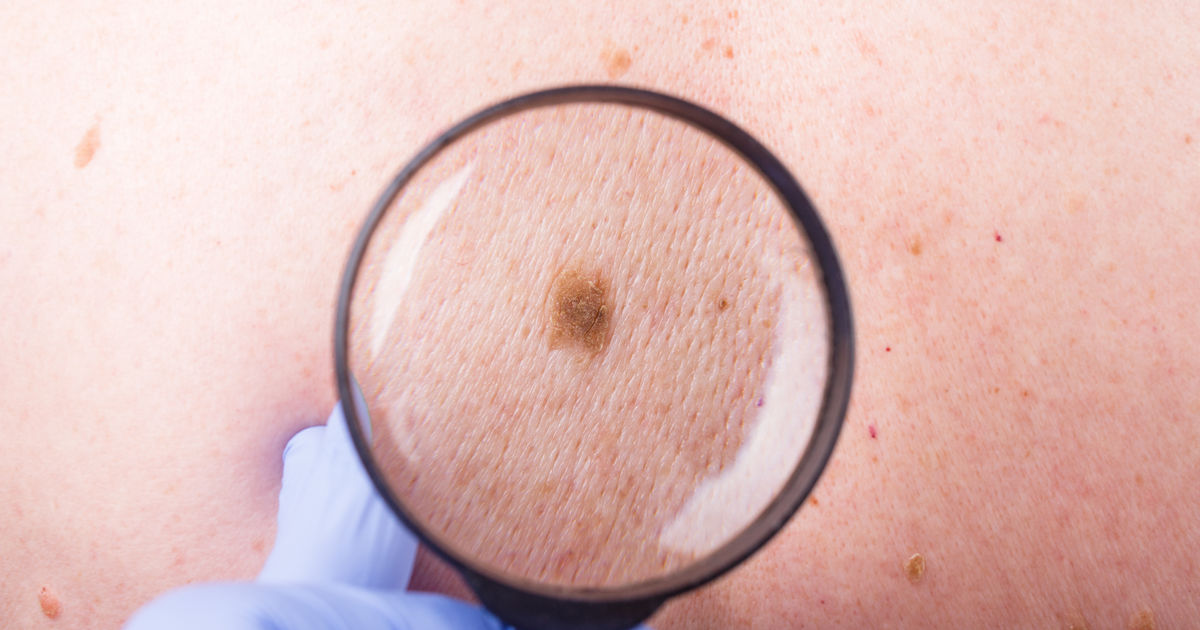Emergency department (ED) presentations are linked with increased cancer mortality, but there is limited evidence regarding patients with malignant skin cancers. This study aimed to determine the prevalence, frequency, and associated risk factors for ED visits within 12 months of a skin cancer diagnosis in Australian patients.
Methods
This data-linkage cohort study included adults diagnosed with malignant skin cancers who presented to the ED at the Royal Melbourne and Western Health hospitals within a year of diagnosis between 2010 and 2018. Multivariable logistic and Poisson regression analyses were conducted to identify factors associated with the likelihood and frequency of ED presentations.
Results
A total of 3,873 patients were diagnosed with skin malignancies during the study period, of whom 631 had melanoma. The overall prevalence of ED visits was 29%, accounting for 2,119 episodes of care (median: 0; range: 0–14). Several factors were associated with an increased prevalence and frequency of ED presentations. These included age ≥75 years (odds ratio (OR) = 1.78; incidence risk ratio (IRR) = 1.52), male sex (OR = 1.17; IRR = 1.23), lower (0–30%) and higher (71–100%) socioeconomic status, having a primary language other than English, and receiving systemic therapy or radiotherapy. In contrast, being younger than 65 years was protective against ED presentations. Similar risk patterns were seen within the melanoma subgroup.
Conclusions
This study provides novel evidence on the burden of ED presentations following a diagnosis of malignant skin cancer in Australia. Older age, male sex, socioeconomic disadvantage or advantage, language other than English, and cancer treatment were all linked with increased ED use. These insights highlight the need for targeted interventions to reduce preventable ED visits and improve outcomes for vulnerable patient groups with skin malignancies.








